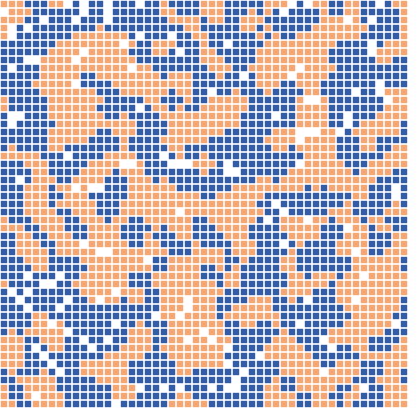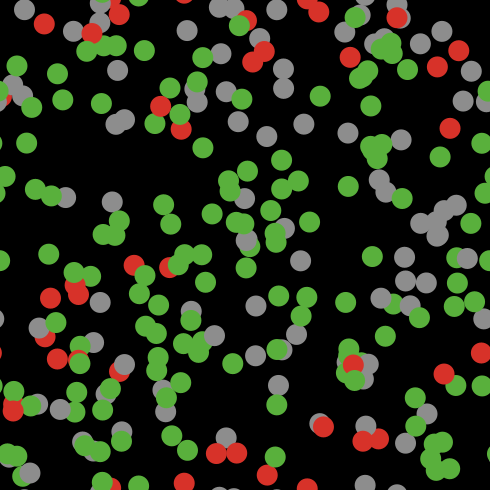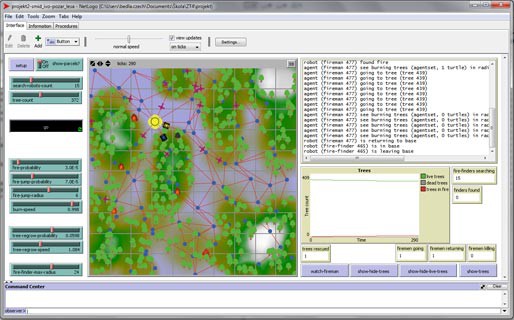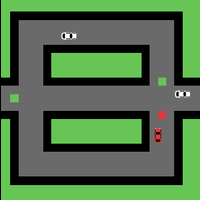

- #NETLOGO NORTHWESTERN HOW TO#
- #NETLOGO NORTHWESTERN FULL#
- #NETLOGO NORTHWESTERN SOFTWARE#
- #NETLOGO NORTHWESTERN SERIES#
Some examples in the tutorial follow the RNetLogo Cookbook from Thiele, Kurth & Grimm (2014) and its Supplementary Material.Įxperiments based on NetLogo flocking model and related measure definitions are inspired by (Stonedahl, 2011). Spartan: A Comprehensive Tool for Understanding Uncertainty in Simulations of Biological Systems. PhD Thesis, Northwestern University of IllinoisĪlden, K., Read, M., Timmis, J., Andrews, P. Genetic algorithms for the exploration of parameter spaces in agent-based models. Journal of Artificial Societies and Social Simulation, 17(3), 11. Facilitating Parameter Estimation and Sensitivity Analysis of Agent-Based Models: A Cookbook Using NetLogo and R. Center for Connected Learning and Computer Based Modeling, Northwestern University, Evanston, IL.
#NETLOGO NORTHWESTERN SOFTWARE#
īasic ideas and principles of NetLogo experiments are taken from the NetLogo’s Behavior Space (Wilensky & Shargel 2002) and BehaviorSearch software (Stonedahl 2010). Journal of Statistical Software, 58(2), 1-41. R Marries NetLogo: Introduction to the RNetLogo Package. See also Agent Based Models and RNetLogo blog from Joseph Rickert.

Nl experiment requires RNetLogo (Thiele 2014) to connect to NetLogo.
#NETLOGO NORTHWESTERN FULL#
Full factor design and LHC random sampling.Explore parameter space with categorical criteria (how to define categorical measures from temporal measures).
#NETLOGO NORTHWESTERN HOW TO#
Hyper Latin Cube Sampling examples demontrate how to explore parameter space with categorical criteria and sampling methods.
#NETLOGO NORTHWESTERN SERIES#
It is the first in a series of parameter space exploration of the Flocking modelĬategorical Criteria example explores parameter space with full factorial design and categorical criteria:


definition of “patches_after”" measure,.visualizing several agents’ position and speed in time.ĭLA (diffusion-limited aggregation) example demonstrates how to read position and other variables from NetLogo patches (after simulation run).Traffic example collects values from individual turtles per each time step: aggregate network measures ( example in construction).map turtle variables to igraph vertices,.define experiment to get data about network structure (turtles, links),.Network example collects values from turtles and their links: visualize position of agents from different groups.define and run experiment with “agents-after” measure,.Segregation example shows how to obtain data from individual NetLogo agents: define final measures (simulation run measures),.define temporal measures (step measures),.define and run experiments, export view images,.Fire Experiment example demonstrates how to:


 0 kommentar(er)
0 kommentar(er)
